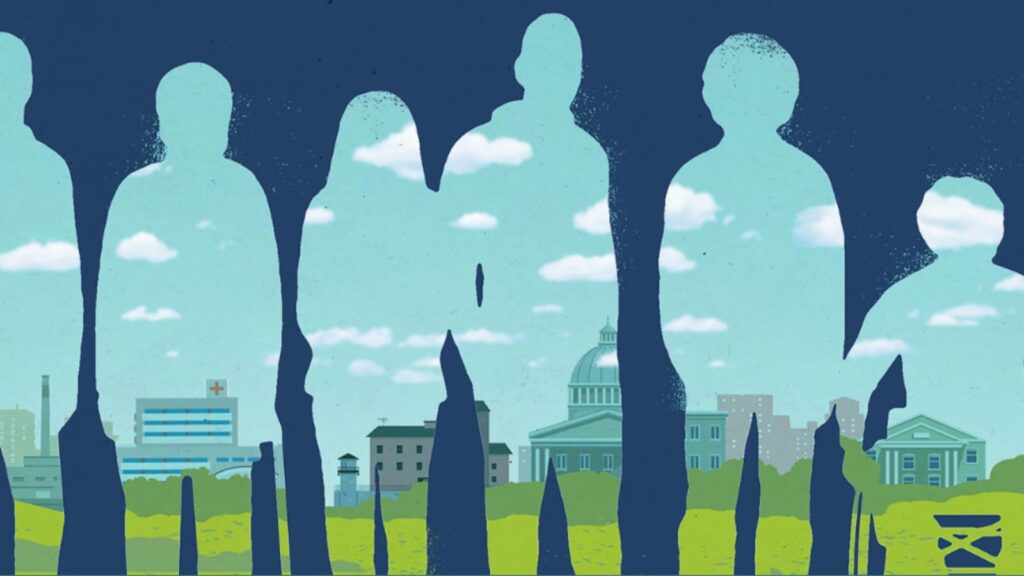Project
Addressing Racial and Ethnic Disparities in Outagamie County, WI

Overview
CEPP is working to address racial and ethnic disparities in the pretrial system in Outagamie County, Wisconsin. CEPP is collecting and analyzing local racial and ethnic data and working with Outagamie County’s team and community stakeholders to develop a targeted strategy to reduce the disparities.
Our Approach
Outagamie County’s Criminal Justice Coordinating Council (CJCC) has formed a subcommittee to address potential racial and ethnic disparities in their local criminal legal system. The Criminal Legal System (ECLS) Subcommittee is comprised of representatives from law enforcement, the circuit courts, the district attorney’s office, the public defender’s office, probation and parole, and various public citizens, and is coordinated by the Criminal Justice Treatment Services Department.
CEPP is tasked with working with the ECLS Subcommittee and community stakeholders to determine the scope of racial and ethnic disparities in Outagamie County’s pretrial system and to develop a plan of action to resolve them.
With support from a data consultant, CEPP is:
- Conducting a racial and ethnic disparities data analysis and presenting the findings to the county
- Providing training sessions on racial equity to local criminal legal system partners and community stakeholders
- Reviewing current policies and practices to understand how they might contribute to disparities
- Developing policy and practice recommendations in collaboration with the ECLS Subcommittee
The Impact
With CEPP’s support, the ECLS Subcommittee hopes to find answers to why Black people make up 17.5% of Outagamie County’s jail population but only 1.6% of the county’s residents. CEPP’s trainings will help Outagamie County analyze data disaggregated by race; develop strategies and policy and practice recommendations to address disparities at various decision-making points in the criminal legal system; understand how internal and external factors create racial disparities; and learn how to pilot changes to existing policies, practices, and program interventions.
Issue Area
Team
Related Projects
Building Pretrial Su...
With support from Apple’s Racial Equity and Justice Initiative, CEPP will examine the needs of women who are detained in jail pretrial or placed on pr...
Expanding Stepping U...
CEPP has partnered with the Council of State Governments (CSG) Justice Center to develop guidance as CSG’s Stepping Up initiative expands to include a...



